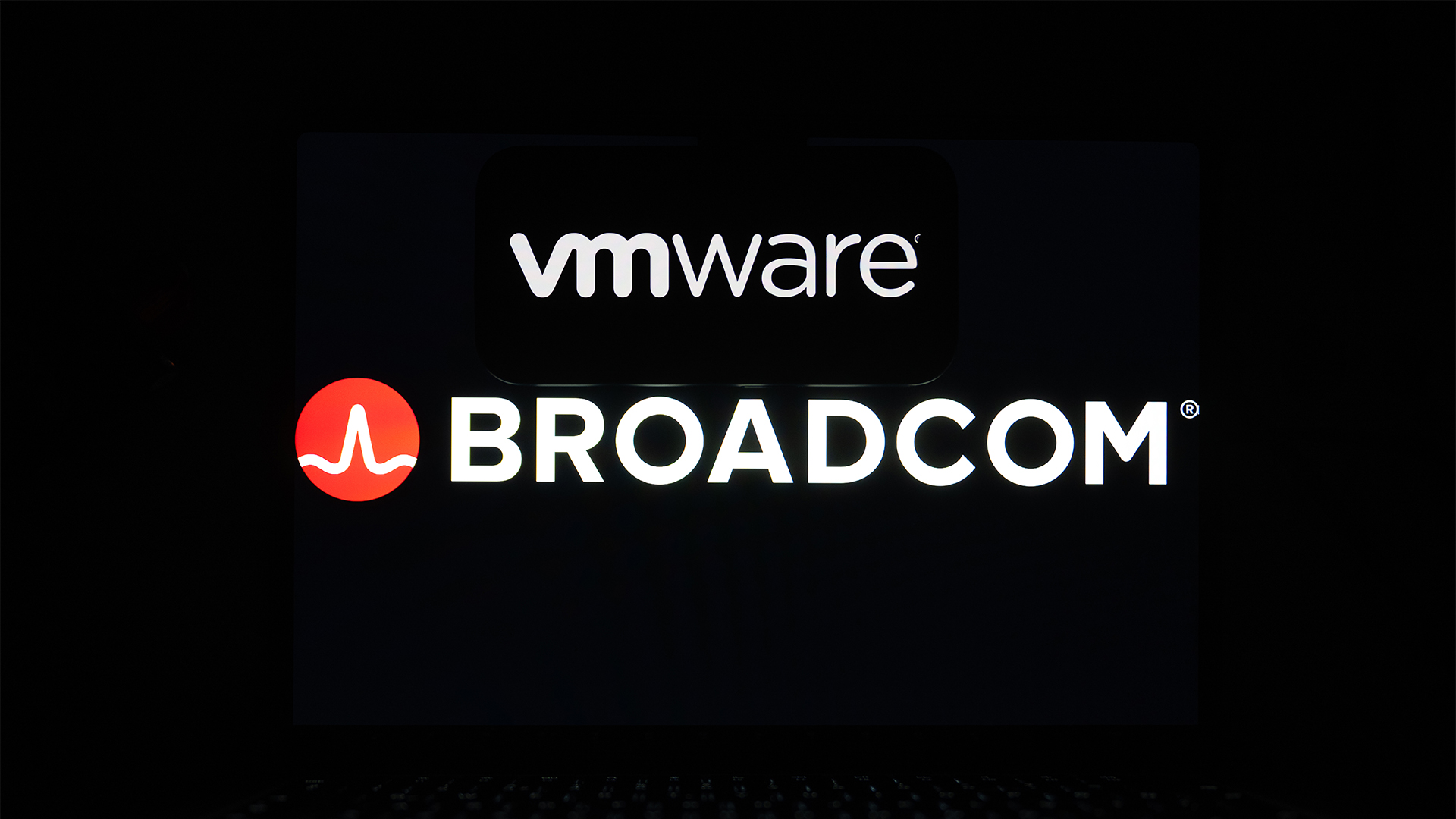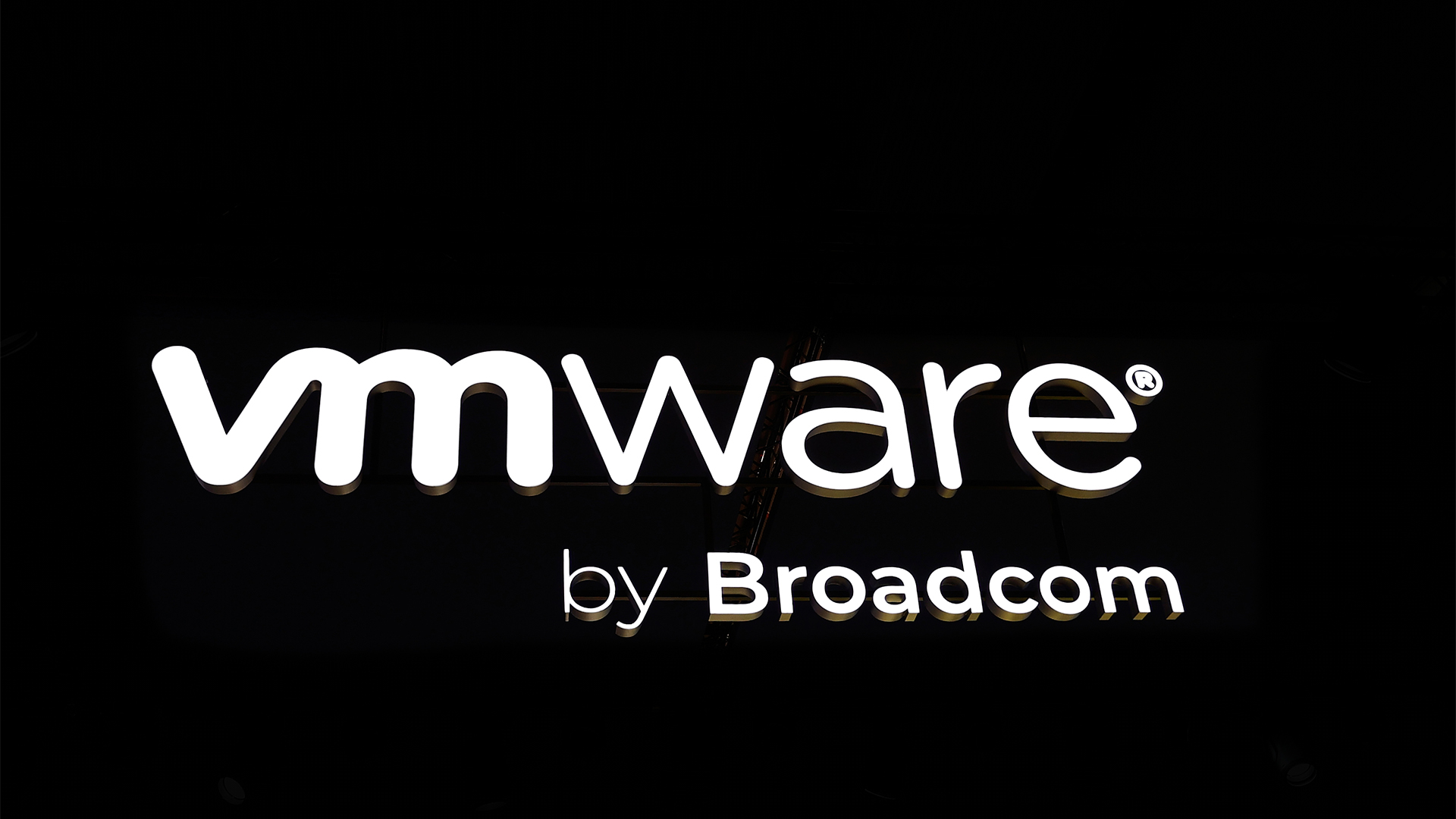VMware launches vSphere 7 and Tanzu container management tools
New Tanzu products aimed at container management


VMware has announced the launch of a number of new Kubernetes-focused products, including the latest version of its vSphere platform.
Most of the new products fall under the company’s Tanzu portfolio, unveiled at last year’s VMworld.
Tanzu represents VMware’s efforts to integrate Kubernetes container management - which the company is betting big on as the next significant step in enterprise applications - with its existing VM management tools.
Three new Tanzu products are being introduced; first up, Tanzu Mission Control, a tool previewed as part of last year’s announcement which is designed to help enterprises manage multiple Kubernetes clusters across a range of environments, while centralising key functions like security, configuration management and data protection. It also allows businesses to hook VMware’s other management and monitoring tools (such as its Wavefront and CloudHealth products) into its Kubernetes workloads.
Following on from this is VMware’s new Tanzu Application Catalogue, which represents a way for customers to integrate open source components and tools from Bitnami's catalogue into their applications in a safe and secure way, by providing a curated repository of open source products that have been verified as stable and vulnerability-free.
For organisations at the start of their container projects, Tanzu Kubernetes Grid is being introduced as a ubiquitous container runtime, combining open source Kubernetes tooling, container images and registry and lifecycle management. Described by VMware as an evolution of its strategy with Enterprise PKS (which will remain as a separate offering), the aim is to make it easier to quickly start using Kubernetes in a consistent way across multiple environments, alongside existing VMware deployments.
Speaking of which, a new version of VMware’s flagship vSphere suite is also being introduced, and it includes a range of Kubernetes-friendly features. Previously teased as Project Pacific, vSphere 7 has been ‘fundamentally modernised’, according to VMware, and re-architected to put Kubernetes management at its heart.
Get the ITPro daily newsletter
Sign up today and you will receive a free copy of our Future Focus 2025 report - the leading guidance on AI, cybersecurity and other IT challenges as per 700+ senior executives
VMs are not being forgotten about, of course - the goal is to enable VMware admins to easily run containers and VMs concurrently. vSphere 7 has also been optimised for simplified lifecycle management, allowing enterprises to manage hundreds or thousands of instances in less time, with fewer tools, including introducing REST and JSON-based APIs for automating lifecycle management tasks.
vSphere 7 also introduces greater security through remote attestation, where a trusted host is used to verify the integrity of other hosts within the network. Elsewhere, vMotion has been improved to allow for easier migration of large VMs with minimal disruption and the Distributed Resource Scheduler now runs every minute as opposed to every five minutes.
GPU virtualisation is now on offer too, thanks to the company’s recent acquisition Bitfusion, which is being touted as a particular benefit for those looking to run workloads using machine learning.
The aforementioned tools are also being rolled into VMware Cloud Foundation 4 with Tanzu, which includes vSAN 7 for managing virtualised storage.
“Kubernetes is still hard,” VMware CEO Pat Gelsinger said. “We're democratising Kubernetes into the industry, with the most powerful platform, the most powerful infrastructure community across multiple clouds; This for us is an important day, not just for us, but for our customers, and for the industry.”
VMware Tanzu Application Catalog, Tanzu Mission Control and Tanzu Kubernetes Grid are available now, while VMware Cloud Foundation 4 and VMware vSphere 7 are scheduled to be available by the start of May.
Adam Shepherd has been a technology journalist since 2015, covering everything from cloud storage and security, to smartphones and servers. Over the course of his career, he’s seen the spread of 5G, the growing ubiquity of wireless devices, and the start of the connected revolution. He’s also been to more trade shows and technology conferences than he cares to count.
Adam is an avid follower of the latest hardware innovations, and he is never happier than when tinkering with complex network configurations, or exploring a new Linux distro. He was also previously a co-host on the ITPro Podcast, where he was often found ranting about his love of strange gadgets, his disdain for Windows Mobile, and everything in between.
You can find Adam tweeting about enterprise technology (or more often bad jokes) @AdamShepherUK.
-
 Should AI PCs be part of your next hardware refresh?
Should AI PCs be part of your next hardware refresh?AI PCs are fast becoming a business staple and a surefire way to future-proof your business
By Bobby Hellard Published
-
 Westcon-Comstor and Vectra AI launch brace of new channel initiatives
Westcon-Comstor and Vectra AI launch brace of new channel initiativesNews Westcon-Comstor and Vectra AI have announced the launch of two new channel growth initiatives focused on the managed security service provider (MSSP) space and AWS Marketplace.
By Daniel Todd Published
-
 UK enterprises lead the way on containerization, but skills gaps could hinder progress
UK enterprises lead the way on containerization, but skills gaps could hinder progressNews The UK risks fumbling its lead on cloud native deployments due to skills issues, according to Nutanix’s Enterprise Cloud Index (ECI) survey.
By George Fitzmaurice Published
-
 Broadcom records huge growth as CEO Hock Tan hails “successful integration” of VMware
Broadcom records huge growth as CEO Hock Tan hails “successful integration” of VMwareAnalysis The VMware acquisition is finally paying dividends for Broadcom
By George Fitzmaurice Published
-
 Broadcom EMEA CTO claims the company has been able to solve most of its customer issues following VMware acquisition
Broadcom EMEA CTO claims the company has been able to solve most of its customer issues following VMware acquisitionNews Joe Baguley says the firm has been walking customers through license changes and explaining the value of VMware
By George Fitzmaurice Published
-
 Cloud repatriation may be nipping at hyperscaler market share, but it’s a boon for VMware
Cloud repatriation may be nipping at hyperscaler market share, but it’s a boon for VMwareNews The firm’s private cloud offerings put it in a strong position to aid customers moving workloads out of the public cloud – but repatriation can’t be the only conversation
By George Fitzmaurice Published
-
 VMware Explore 2024 live: All the news and updates as they happen
VMware Explore 2024 live: All the news and updates as they happenLive Blog ITPro is live on the ground in Barcelona for VMware Explore 2024 – keep tabs on all the news, updates, and announcements in our rolling coverage
By George Fitzmaurice Last updated
-
 Pure Storage announces VM assessment service – and it could please beleaguered VMware customers
Pure Storage announces VM assessment service – and it could please beleaguered VMware customersNews The firm unveiled a new tool for managing VM costs as part of its Pure//Accelerate London 2024 event
By George Fitzmaurice Published
-
 Is a VMware exodus looming? Disgruntled customers are actively seeking alternative providers or exploring open source options in the wake of Broadcom’s acquisition
Is a VMware exodus looming? Disgruntled customers are actively seeking alternative providers or exploring open source options in the wake of Broadcom’s acquisitionNews VMware customers say they are seriously considering alternative providers in light of the turbulence and increasing costs that followed its acquisition by Broadcom
By Solomon Klappholz Last updated
-
 Broadcom wants to unlock private cloud’s potential with VMware Cloud Foundation 9
Broadcom wants to unlock private cloud’s potential with VMware Cloud Foundation 9News An emphasis on simplicity matched with improved customer controls underpins the latest VCF improvements
By Rory Bathgate Published